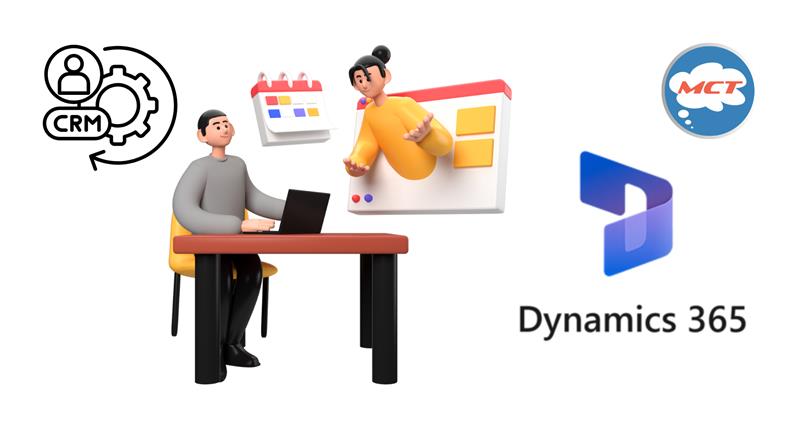
If you’ve been Googling “What is Hybrid CRM?” you’ve probably seen a wall of definitions and product pages that all say the same thing:
“It’s a mix of cloud and on-premise CRM features.”
Okay… but what does that actually mean for you?
More importantly — how do you know if it’s the right choice for your business?
Let’s skip the jargon and walk through the practical ways you can figure it out. Think of this as a checklist + mini-guide you can use today, not some tech lecture that puts you to sleep.
Before even considering Hybrid CRM, figure out:
- Are you struggling with remote access to your CRM?
- Do you have data security policies that require keeping certain info on-site?
- Are you hitting performance limits with your current system?
💡 Tip: Write down your top 3 daily frustrations with your current CRM setup. This will help you see if Hybrid actually solves them — or if it’s just a shiny distraction.
Hybrid CRM blends:
- Cloud benefits → Access from anywhere, quick updates, easy scaling.
- On-premise control → Data stays in-house, more customization, compliance.
You might want Hybrid if:
- You need certain sensitive data stored locally (for compliance).
- Your team is partly remote, partly office-based.
- You want some control over custom features but also like cloud convenience.
- You’re paying for both infrastructure and subscription.
- You might need IT support for the on-prem side.
- Integrations can be more complex than all-cloud setups.
💡 Tip: Create a 12-month cost projection before committing. Factor in licenses, servers, IT support, and training.
One of Hybrid CRM’s biggest wins is automation — but only if you set it up right:
- Automate lead assignment based on region or product.
- Auto-sync marketing data between cloud and local.
- Use workflows to trigger follow-up emails or reminders without manual input.
📌 Action step: Make a “Top 5 Automation Goals” list before you even talk to a CRM vendor. That way, you’ll know what you’re paying for.
Don’t let a vendor lock you into a 3-year contract without a pilot run:
- Pick one department to test Hybrid CRM with.
- Monitor speed, reliability, and ease of use.
- Gather feedback — not just from managers, but end users.
💡 Tip: Ask for a 90-day hybrid trial — if they say no, that’s your first red flag.
Conclusion
Hybrid CRM can be the best of both worlds… or the worst of both if you rush into it without planning.
If you’re juggling security needs, remote teams, and automation goals, it could be your perfect match — but only if you do your homework first.
Question: If you could change one thing about your current CRM tomorrow, what would it be — and do you think Hybrid could make it happen?

